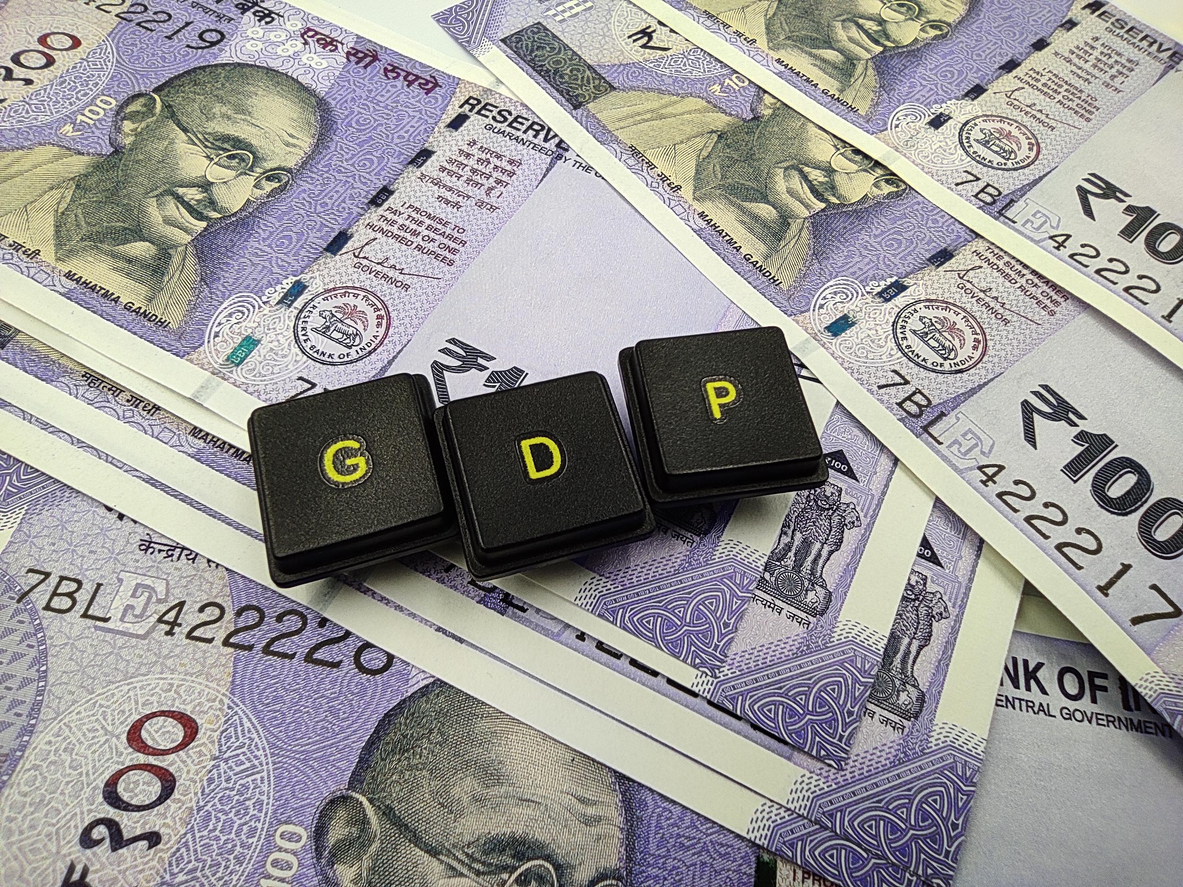
November 7, 2023
Economists attribute these upward revisions to a relatively robust level of consumption demand that persisted throughout the second quarter
Experts anticipate that the GDP growth in Q2 FY24 will be 6.9%, compared to 7.8% in Q1 FY24
In the April-June period, the growth of private final consumption expenditure (PFCE) increased from 2.8% in January-March to 6%
The growth of gross final capital formation (GFCF) decreased from 8.9% to 8%

India’s real GDP growth in the second quarter of FY24 may have exceeded the 6.5% projection made by the Reserve Bank of India (RBI), according to a survey by economists. Most of them have revised their estimates upward, ranging from 6.2% to 6.9%.
Economists attribute these upward revisions to a relatively robust level of consumption demand that persisted throughout the second quarter, building on the momentum witnessed in the first quarter. Additionally, stronger government consumption expenditure sequentially has further bolstered these estimates. The growth of the services sector is also seen as a contributing factor to the positive growth figure, while the investment rate remains stable.
Experts anticipate that the GDP growth in Q2 FY24 will be 6.9%, compared to 7.8% in Q1 FY24. They believe that both consumption and investment will continue to support growth in the second quarter.
In the April-June period, the growth of private final consumption expenditure (PFCE) increased from 2.8% in January-March to 6%. In comparison, the growth of gross final capital formation (GFCF) decreased from 8.9% to 8%. PFCE represents overall consumption in the economy, and GFCF denotes investments.
In Q1 FY24, PFCE’s share in GDP rose to 57.3% from 55.0% in Q4 FY23, while GFCF’s share decreased to 34.7% from 35.3%. PFCE’s share of 57.3% in April-June was the second-highest for the first quarter in any financial year in the current GDP series that began in 2011, and GFCF’s share, although equivalent to Q1 FY23, was the highest. This trend is expected to continue in the second quarter of FY24.
Furthermore, experts predict that the government’s increased revenue expenditure, reflected in the government’s final consumption expenditure (GFCE), will also boost GDP growth in Q2, potentially reaching 6.7%.
In Q1, GFCE’s share fell to 10.1% from 11.1% in the previous quarter, with government revenue expenditure contracting by 0.1% year-on-year. However, July-September has rebounded, with revenue expenditure increasing by 10% year-on-year.
On the gross-value added (GVA) side, services activity, which led to growth in Q1, remained strong in Q2. The Services PMI, compiled by S&P Global, averaged 61.1 in Q2, the highest in 13 quarters, compared to an average of 60.6 in Q1.
Manufacturing activity also improved in Q2 compared to the previous quarter. Upadhyay mentioned that manufacturing and government spending, which were weak in Q1, should be stronger in Q2, and high-frequency data supports this view. The Index of Industrial Production (IIP) grew by an average of 8.2% in July-August, compared to 4.7% in Q1. While September IIP data is not yet available, economists expect it to be around 6%. The Manufacturing PMI in Q2 averaged 57.9, remaining stable compared to Q1.
Source: Financial Express